The Ferrari 360 engine has a variable valve timing system fitted to the exhaust camshaft (the intake valve timing is fixed). The critical part to this system is called the “Exhaust Phase Variator” (part #190042) and is fitted between the cam pulley wheel and the camshaft itself. Here is a diagram showing the position of the variator on bank 5-8 (highlighted in yellow):
The purpose of the variator is to alter the time the exhaust valves open and close relative to the piston moving up and down in the cylinder. At low engine speeds the exhaust valves are opened just before the piston finishes the power stroke and close as it reaches the end of the exhaust stroke. As the exhaust valve is closing the inlet valve is opening ready for the intake stroke. This ensures a smooth idle and provides optimum low down torque.
At higher engine speeds the exhaust valves are opened slightly later which means they also close later (as the profile of the camshaft is fixed). Since the intake valve timing is also fixed, both the exhaust and intake valves are open at the same time for a much longer period. This allows the exhaust gasses that are rushing out down the manifold to create a vacuum in the cylinder which sucks in the fuel/air mixture before the cylinder starts the intake stroke. This arrangement provides maximum peak power output.
The variator is controlled by the Motronic (ECU) and is operated by a solenoid (part #195086) housed in the cylinder head. Here is a diagram showing the location of the solenoid (yellow) on bank 1-4:
The operation of the variator can be checked with an SD2 diagnostic machine. The function is performed with the engine running – the SD2 requests the exhaust timing to be changed and to ensure it has been completed properly it detects the change in camshaft timing using the cam phase sensor. This sensor is mounted through the camshaft covers and detects the rotation of the exhaust camshafts – see diagram below (bank 5-8 shown).
There was an issue with variators fitted to early cars. The part that attaches to the camshaft was at risk from breaking – this meant that the camshaft stopped turning relative to the engine with catastrophic results. Here are some pictures of broken variators.
Note that this is not my picture, I have taken it from here: FerrariChat
Note that this is not my picture, I have taken it from here: FerrariChat
Ferrari recognised that this was an issue and updated the part. Here is a diagram showing how they changed the design of the part that attaches to the camshaft:
Ferrari also started a campaign to replace the old variators with the new design. The affected cars are those with a VIN below 123399, ie: if your VIN is higher than 123399 then your engine would have been fitted with the newer design at the factory.
There are a couple of ways to tell if your car has had the campaign performed. The first is to ask Ferrari – your local dealer should be able to look up the VIN on the system (MODIS) and see if the it has been done.
Another way to tell is to look at the cylinder head. As part of the campaign, the letters “VD” should be stamped into the head. Here’s a close up picture of the stamping:
And here is a picture showing the location of that part of the head in the engine bay (the stamp should be on both sides):
Another way to tell if the variator is updated is to look at the end that attaches to the cambelt pulley – the newer versions have a green dot painted on them. However, this is going to be impractical for most people as it will be hidden behind the cambelt covers and pulleys.
Since it has been nearly ten years since Ferrari recognised this problem with the variators the vast majority of cars will have had the updated parts fitted. In the unlikely event your car doesn’t have them I would suggest you think about having them changed.
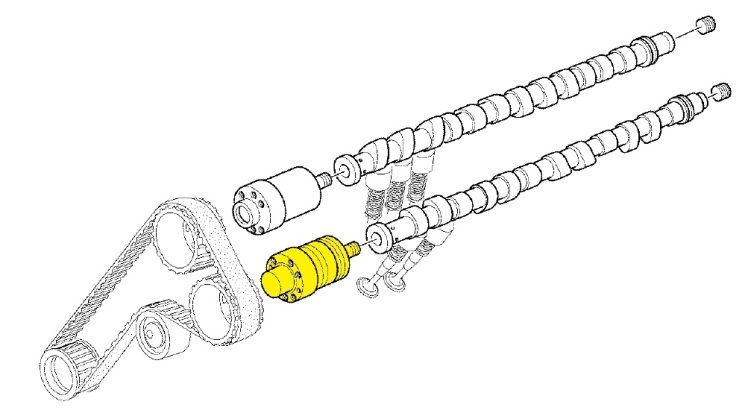
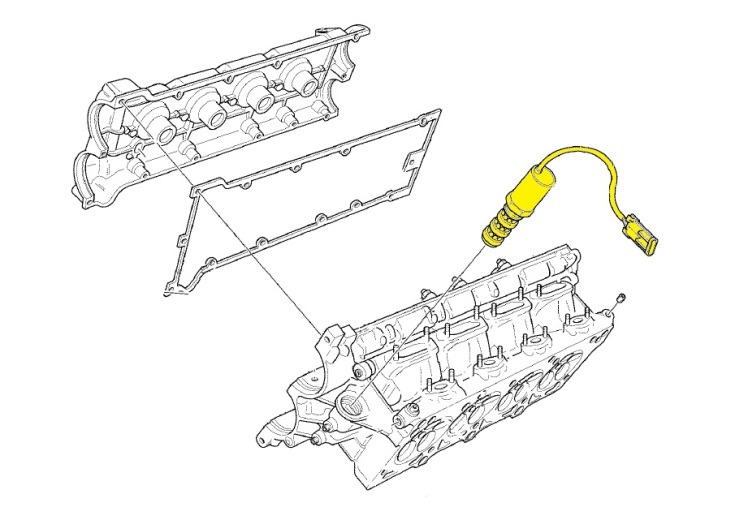

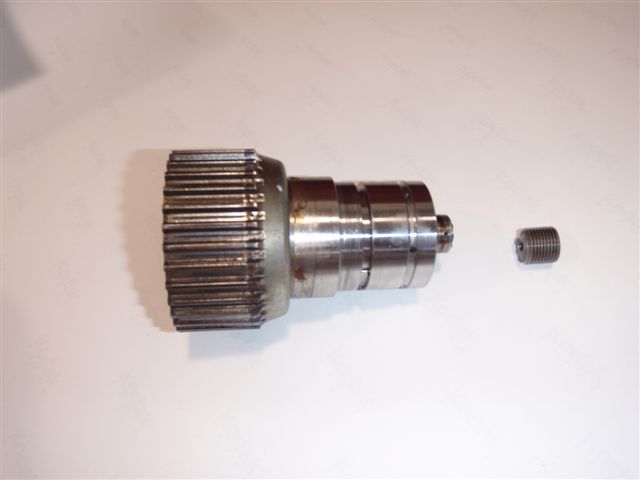
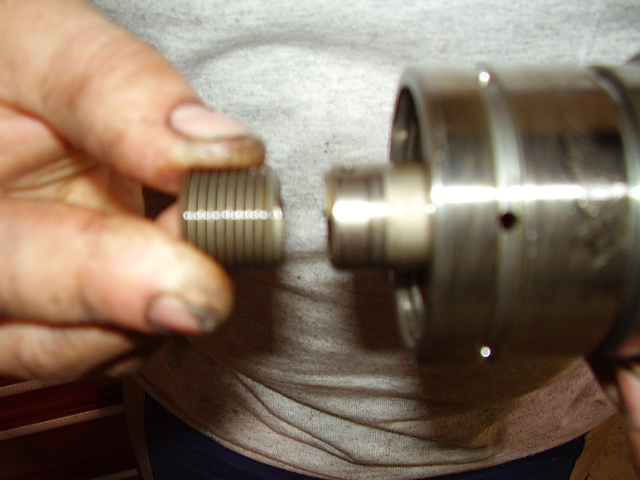
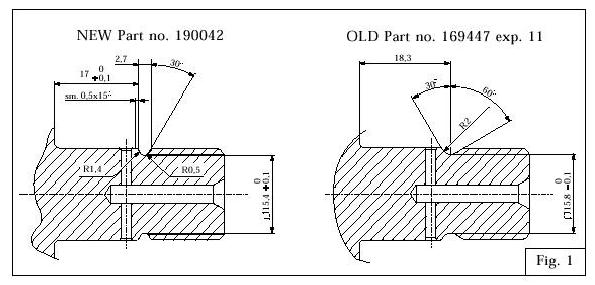



Thanks again…Great info!
I called the place I will have my car serviced…RAGING BULL in Costa mesa California. They are well known and respected in the FERRARI…LAMBO…AND MASERATI community over here.
I was told those rarely go bad and they would not spend the money on it.
I think I will ask them to do it anyways…
Do you if anyone has issues when washing their 360 with water getting in/on engine bay and staining the side black panels in the engine bay.
I am thinking I will just bucket wash the car to avoid water getting in the engine bay area.
Hi Anthony,
You only need to change the variators if your car has the old design fitted. Since there was a worldwide campaign by Ferrari to change them it is highly likely that your car will have the updated design fitted.
I don’t worry about water getting into the engine bay whilst I’m washing the outside. Every few washes I take some time to clean the engine bay. I spray on APC (diluted 1:10), agitate the APC with a detailing brush and then rinse off with water from a low pressure spray. Once it has dried I treat the black trim with a dressing.
Regards,
Aldous.
Do you know of any diagram or photo showing a side-by-side compare of the 360 variator compared to the variator in the F430 engine? I have heard that in the F430 the part was redesigned even further – I’d really love to see what the difference looks like.
Sadly, I don’t – sorry. I will try and find a picture of the F430 variator though.